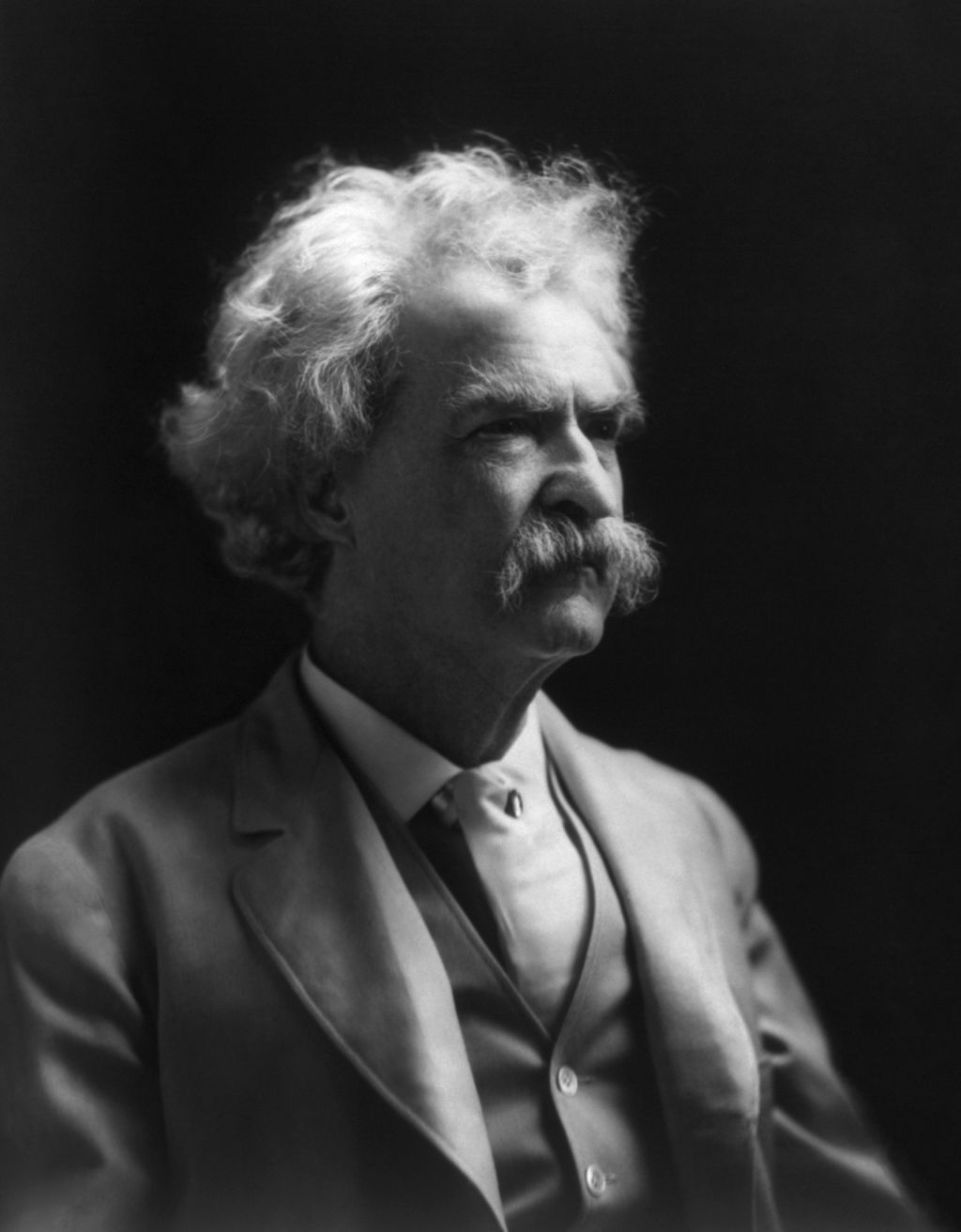By 1808Delaware
A series of new laws took effect in Ohio on April 9, bringing changes to areas ranging from education and healthcare to transportation and government transparency. These legislative updates follow recent trends in policymaking that emphasize the General Assembly’s take on individual rights, access to information, and public safety. Below is a summary of key provisions now in effect.
📱 Cell Phone Use: Roads and Schools
Distracted Driving Enforcement Continues
Ohio’s 2023 law that made handheld electronic device use while driving a primary offense remains in force. According to state data, the enforcement of this law has coincided with a 22% reduction in fatal and serious injury crashes in 2025 compared to the previous year.
Cell Phone Restrictions for Students
Senate Bill 158 prohibits K–12 students from using cell phones during school hours, with exceptions for medical reasons or accommodations under an Individualized Education Program (IEP). Implementation is required by local school districts no later than September 1. The law’s stated purpose is intended to reduce distractions during instructional time.
⛪ Religious Instruction and School Attendance
House Bill 8, referred to by legislators as the “Parents’ Bill of Rights,” includes provisions allowing students to be excused from non-core classes for off-campus religious instruction. Schools are expected to coordinate with program providers and ensure that participating students are not marked absent. The law outlines how public schools should accommodate these activities within regular schedules.
🧾 Parental Notification and Access to Records
Also included in House Bill 8 are measures requiring schools to notify parents of significant changes to their child’s physical, emotional, or mental health treatment or monitoring. Schools are prohibited from advising students to withhold such information from their parents. In addition, parents must be granted access to their child’s educational and health records. The law aims to formalize procedures for communication between schools and families.
💻 Healthcare Cost Transparency
The Ohio Hospital Price Transparency Act requires all hospitals in the state to publicly post detailed pricing information for services, procedures, medications, and supplies. Hospitals that fail to comply may face financial penalties, and a list of non-compliant facilities will be published monthly beginning July 2 The law is designed to increase public access to healthcare pricing information.
🚧 Infrastructure Investment: Present and Pending
A major infrastructure initiative is also under consideration. On May 6, Ohio voters will decide on Issue 2, a proposed $2.5 billion bond measure to support road, bridge, and water system projects over the next ten years. The proposal does not include a tax increase.
In addition, the Ohio Department of Transportation has launched its largest construction season to date, with more than 950 projects totaling $3.2 billion. The 2025 construction season focuses on improving road conditions, reducing traffic congestion, and enhancing public safety.
Summary
The laws now in effect address a broad spectrum of public policy concerns, from educational environment and family engagement to consumer access to healthcare information and long-term infrastructure planning. These changes reflect current legislative priorities in Ohio and will shape public programs and services in the months and years ahead.









